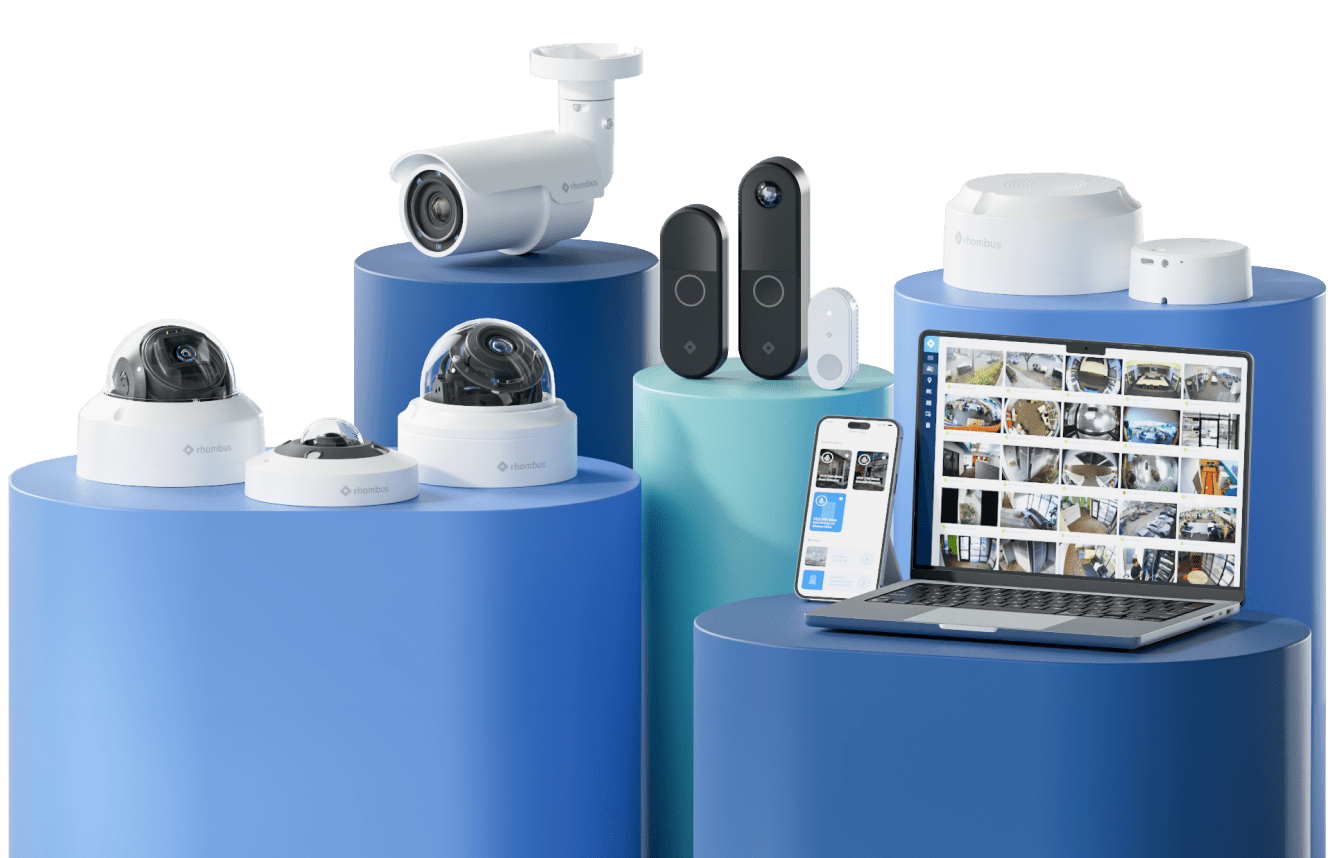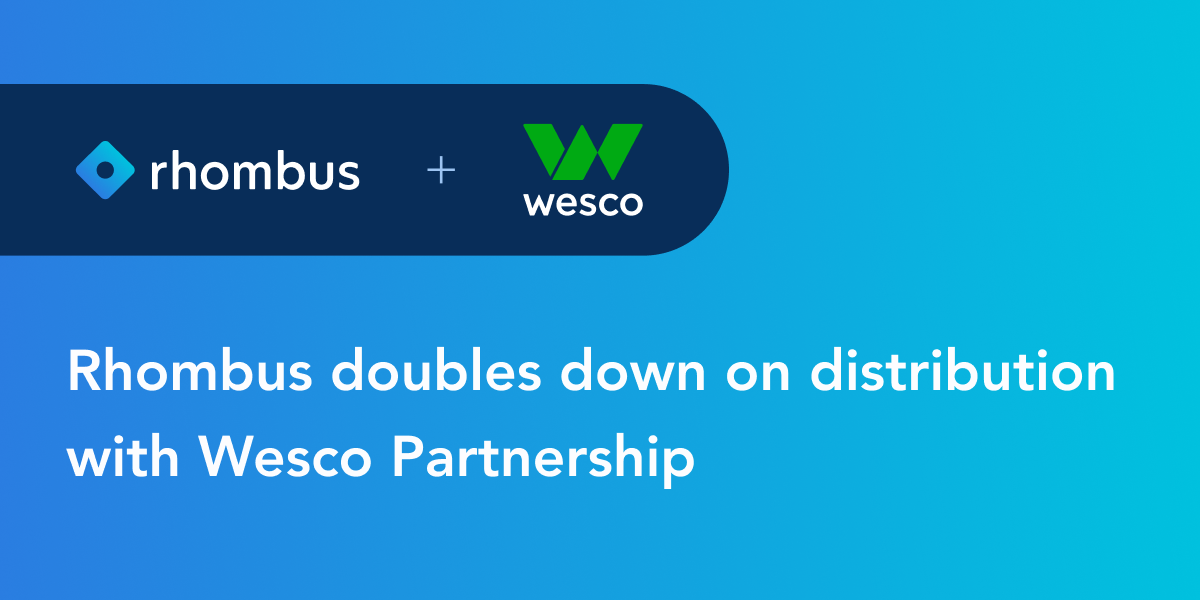
Achieving Scale with Your Commercial Video Surveillance System
October 08, 2019

Implementing video security for commercial companies can be a taxing process for executives and IT staff.
Finding a decent security camera to install is not that difficult to do. You can go to your local Costco and buy a 16-camera set in under an hour. The real difficulty, however, reveals itself when you are looking for a scalable solution, that is future proof, and offers the best possible performance for your organization.
The truth of the matter is that many of today’s systems are not at all scalable. Sure - you can add more cameras, DVR/NVRs, servers, hard drives - and have “unlimited” scalability, but who wants to spend the time and resources in managing those separate systems?
In an era where usability and efficiency are king, deploying a traditional DVR/NVR system does not align with what modern organizations want to achieve operationally. As organizations begin to upgrade their legacy infrastructure, it is important to fully analyze different video security options to understand the feasibility and scalability of a solution - not only for the present moment but also for the future.
To set you up for success, in this article, we will share what you need to know to achieve scalability from your video security system.
First, Identify How Much Management and Maintenance Is Required for Your Ideal System
Properly managing and maintaining a video surveillance system often involves a great deal of extra IT costs that are not factored in when reviewing system pricing. The amount of maintenance can drastically vary from system to system.
Traditional DVR or NVR systems are often limited by the number of cameras you can deploy as well as locations. If you are an organization that requires a lot of cameras or have many locations, multiple systems and hardware components are necessary. When more components are required, this increases the complexity of properly managing infrastructure. In addition, added hardware requirements can increase the chances of breaking and disabling a set of cameras or the entire system.
When a system involves cameras, servers, hard drives, DVR/NVRs, network configurations, special software, etc. – it is difficult to manage and maintain it properly. Now picture that difficulty spread across numerous locations – as you can imagine, the amount of IT resources needed can quickly get out of hand.
Cloud video security is becoming increasingly more popular with organizations looking to modernize.
With Rhombus, organizations can reduce system management and maintenance down to nearly zero. Rather than having separate systems with no remote access, Rhombus provides the ability to manage and access unlimited cameras across unlimited locations from one console that is accessible through a web browser or mobile device. Instead of managing several hardware components, the only piece of hardware required is the Rhombus camera, which immediately reduces the amount of maintenance required.
Second, Forecast Bandwidth Requirements to Ensure Business Continuity
Efficient bandwidth consumption is a key area that hinders many traditional video security systems.
Traditional systems vary widely when it comes to bandwidth consumption as most NVR and IP systems require a great deal of bandwidth and are not optimized for organizations wanting large scale deployments. As more cameras are added, network issues become more frequent, which affects the entire organization.
When evaluating vendors, it is vital to examine bandwidth consumption for the entire system as well as accounting for future growth. If your organization may need more cameras in the future, ensuring your ideal system is bandwidth-friendly can prevent headaches and issues from arising later down the line.
Some cloud video security systems, like Rhombus, offer a modern cloud platform that allows organizations to deploy as many cameras as they want without affecting the network. For example, our team has developed an innovative method to enable our solution to consume nearly zero bandwidth over LAN, making it the lowest among any IP or cloud system in the market today.
Third, Deliver Great Software and a User-Experience Your Organization Will Love
The one-piece of video security technology end-users will use daily is the software. Ensuring your ideal system offers easy-to-use software that is simple and intuitive is key to ensure scalability. If a system is overly complicated, end-users will not use the system to its full potential or never fully understand how to use it, which results in less ROI.
Many of our customers have expressed to us how cumbersome the software was to use with their traditional systems. Simple tasks – like finding certain events, setting up custom users and roles, and even pushing firmware updates – can be time-consuming and difficult to do, which influenced them to seek better systems.
When we developed Rhombus, we took a software and user-experience approach first. We understood that the software is what truly makes a video security system impactful to businesses. With our solution, we have incorporated things like activity-based indexing, so you can find certain events in seconds; unlimited users with custom role management, so the right people have the right level of access; and automatic firmware and security updates, so you no longer have to spends hours manually updating a system or go to each location to ensure the firmware and security is up-to-date.
Wrapping Up
Implementing a traditional system can work for some businesses, though limits can quickly be met if an organization has plans to grow and expand its video security infrastructure. Cloud video security systems provide an incredibly low maintenance solution that reduces IT costs over the lifetime of the product, making it highly attractive to organizations that want the best flexibility and scalability.
Outside of managing and maintaining a system, other factors you should consider are bandwidth consumption and the user-experience a system offers. There are certainly other things to consider, and each organization has its own set of unique requirements, but ultimately, the best way to ensure scalability from your video security system is to clearly define what your current needs are and forecast how those needs might change one year, five years, or even 10 years down.
If you are interested in learning more about how to scale your video security, join us in our next live webinar and get a free Hydro Flask when you attend!

Try Rhombus for Free!
See why school districts, cities, and Fortune 500 companies use Rhombus.
Start Trial

